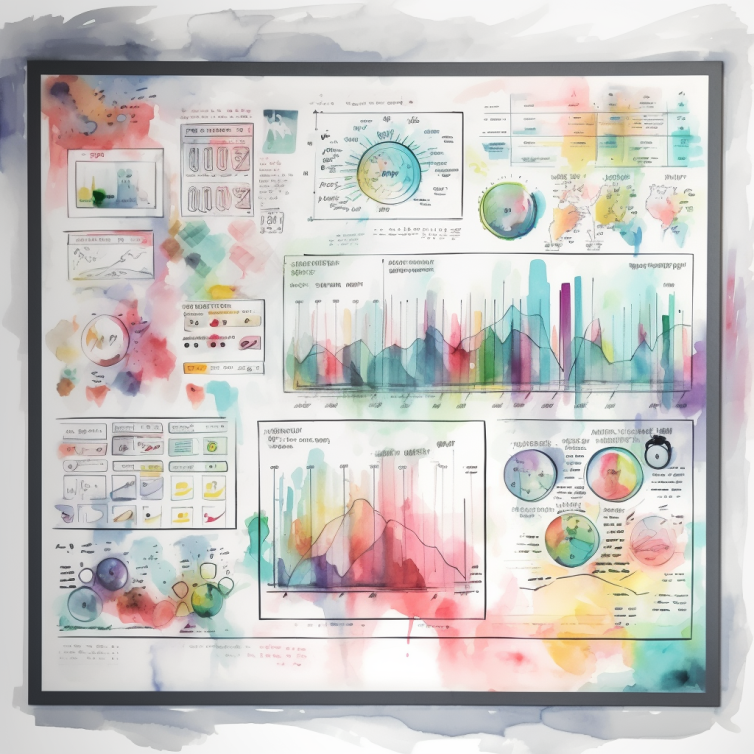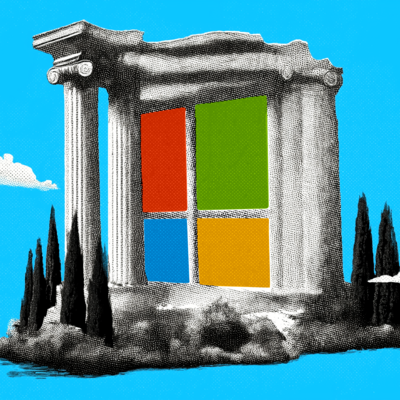
Brought to you by Designing Your Next Career Step
Embark on a transformative 2-week Designing Your Next Career Step Course led by Simone Stolzoff, a leading figure from IDEO and author of 'The Good Enough Job'. You’re not just planning a career move; you’re curating it for optimal impact.
Design your career, and create your future. Join our upcoming cohort, Aug 8-17, 2023.
Operating a SaaS app is like running a one-room hotel that has unlimited occupancy. It’s as if you’ve figured out how to rent the same hotel room to many guests at a time through some weird tricks of quantum superposition. It is the greatest business in the world.
Customers pay for your hotel room by the month. Each one gets the same basic setup: bed, desk, and Wi-Fi that never works when you need it. When you make changes to the core room, all guests get the new version. But they can also request customizations personal to them, like a wake-up call—5 am for the gym rats, 1 pm for the barflies. Guests tend to stay for months or years at a time, paying for the same room as everyone else.
It is an absolute license to print money.
Quantum hotel rooms are not all roses and free cash flows though. There are two crucial things to know about being the owner/proprietor of a business like this. The first is that transitioning from a single-user room to infinite occupancy takes effort. Your quantum superposition technology is a little complex to build. The second is that the longer you’re in business the more of your time and money you’re going to spend enabling “personalizations” for each guest. In the end, each guest customizes your hotel room so much that it looks like their own home.
This is very expensive and frustrating to deal with, but you console yourself by wiping your tears with stacks of thousand-dollar bills.
What is true for quantum hotel rooms, is also true for SaaS apps: Everyone gets the same basic app. You can host infinitely many users in parallel. People tend to stay for months or years at a time.
But making the app available for many users at once requires a lot of up-front effort. You need to build login systems, a database architecture and code that accounts for multiple users, you need to deal with keeping user data secure, and you need to build lots of settings screens so that customers can configure the product. The more time goes on, the more money and effort you’re going to expend building customizations for users, instead of building core product improvements.
This is the way of the world. It makes SaaS harder for solo developers to build products, and it means that the larger you get the less time you can spend on fundamental innovation.
There are a few converging trends in software that I think might significantly shift this dynamic, though:
- First, web-based development environments that allow you to write, run and deploy code from your browser, like Replit and Val.town, are becoming powerful.
- Second, these tools make it easy to duplicate, collaborate on, and remix existing apps to fit your own needs.
- Third, AI makes it easy for users to change any app to meet their needs even if they don’t know how to code.
Rather than having the same users on one app, you can just spin up a new version of the app on a new server for a new user at the touch of a button. Then, instead of incrementally building customization options for your users you can allow them to modify the app however they see fit—using AI. They can do this in a way that will never affect other users, and that keeps their data secure.
Suddenly, instead of building a single-room quantum hotel, you’re building a suburban development. All of the houses on the block are in the same style, and you can build a new one for a new renter at the touch of a button. When renters move in, they can customize the house themselves without requiring any of your time or money—and without affecting any of the other houses.
This vision of software turns traditional SaaS into something far more bespoke, customizable, and remixable than the current generation of software allows for. The computer science researcher, Geoffrey Litt, who I interviewed here, calls this Malleable Software. I’ve been calling it Malleable Source. Malleable source means any app that allows you to modify its underlying code with AI. These apps can be open-source or closed.
It’s clear that this is a new paradigm on the horizon. I know because I stumbled into it.
My experience with malleable source
I built a little app recently to help me map my mind. It shoots me a series of texts every few hours that asks me questions about what’s going on: thoughts, feelings, emotions. It also sends a follow-up with a big question I’m currently wrestling with: “What’s your big goal?” When I get these texts, I dash off a few quick responses without thinking about it too much. I want to get as close to the snap answers that come to mind, and then move on with my day.
The cool thing about the app is that it then uses AI to generate a summary of what’s on my mind. It helps me see, day to day, what I’m thinking about and feeling. It also tries to condense a definitive answer to big questions I’m wrestling with—taking into account all of the different ways I’ve answered it—and provides observations about patterns it finds in my answers.
It’s been quite helpful for me.
I was chatting with my friend, Every writer, coach, and fellow psychology nerd Casey Rosengren about the app recently and he asked if he could try it. I tensed up a bit at the amount of work required.
See, it’s currently very easy to build something like this for one person. But making it available for multiple people is a harder problem. In order to do this I’d have to implement logins, make the code multiplayer, build an interface to let him customize questions, and make sure my data doesn’t get mixed in with his. Especially for an app like this, where you’re sharing private thoughts, it’s just a bit of a hairball.
But then I had a little brainwave. I had built the app on Replit—so the problem was already solved.
Replit is an all-in-one browser-based development and deployment environment. It allows you to code an app, and press one button to host it live on the internet.
The interesting thing about Replit is that it allows you to easily make new copies of your app. All you have to do is hit “Fork” and it will duplicate your codebase and environment. Then you press “Run” and the new copy is live on a new URL. It’s pretty magical.
I realized, if I wanted to let Casey use this app, all I had to do was hit “Fork.” Then I just replaced his phone number with mine in the code, and pressed “Run.” Suddenly, he was getting texts from the mind-mapping bot, too.
The Only Subscription
You Need to
Stay at the
Edge of AI
The essential toolkit for those shaping the future
"This might be the best value you
can get from an AI subscription."
- Jay S.
Join 100,000+ leaders, builders, and innovators

Email address
Already have an account? Sign in
What is included in a subscription?
Daily insights from AI pioneers + early access to powerful AI tools










Comments
Don't have an account? Sign up!
Make your brain mapping app public on Replit!
AI “Devin” reached the next step towards “Software Engineering—AI”